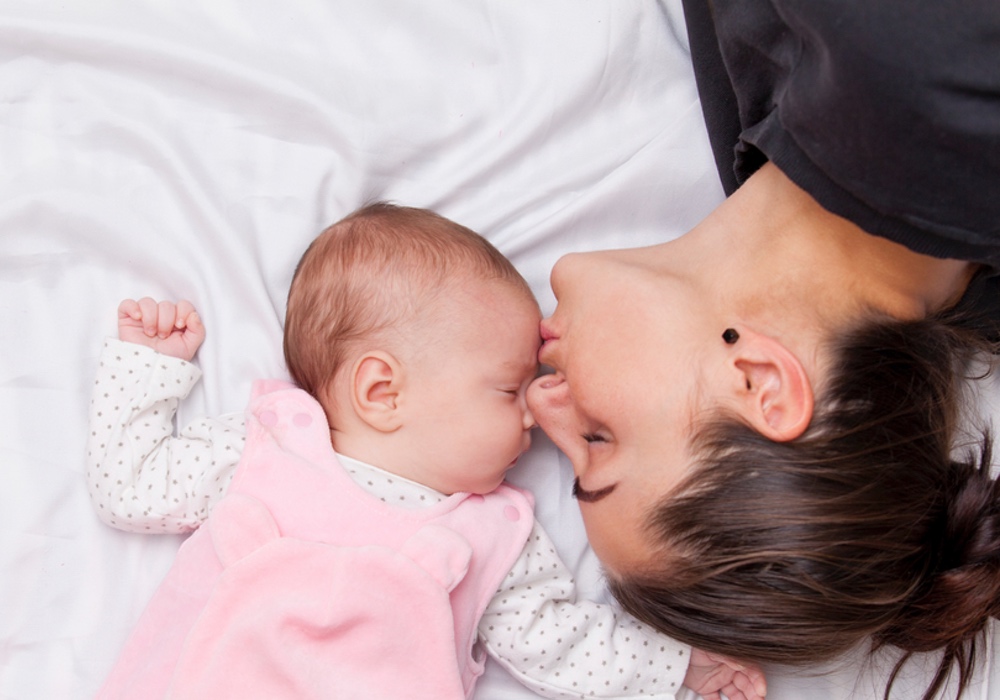Sudden infant death syndrome, SIDS, is every new parent's nightmare. What causes an infant to die while asleep may be due to any number of factors. We do know that the risk of SIDS is much greater depending on a baby’s sleep position and what else is in the bed with him, including his parents.
The American Academy of Pediatrics (AAP) has some new recommendations designed to reduce the incidence of sudden infant death syndrome and make babies' sleep safer.
“We know that parents may be overwhelmed with a new baby in the home, and we want to provide them with clear and simple guidance on how and where to put their infant to sleep,” said Rachel Moon, lead author of the statemen. “Parents should never place the baby on a sofa, couch, or cushioned chair, either alone or sleeping with another person. We know that these surfaces are extremely hazardous.”Babies should share a bedroom with parents, but not the same sleeping surface.
And the AAP says to try to make sure you don’t accidentally fall asleep with your baby while feeding, since that can also pose a risk of suffocation. “If you are feeding your baby and think that there's even the slightest possibility that you may fall asleep, feed your baby on your bed, rather than a sofa or cushioned chair,” said author, Lori Feldman-Winter. “If you do fall asleep, as soon as you wake up be sure to move the baby to his or her own bed.”Don't bundle or clothe babies too heavily, since overheating has been linked to SIDS. Use no more than one extra layer than an adult would be comfortable in.
Doctors and nurses should regularly emphasize these healthy sleep recommendations with new parents. More research needs to be done to understand exactly why SIDS happens in the first place, since many elements are unknown. While that’s taking place, it’s a good idea to follow the guidelines whenever possible. You may want to snuggle with your baby as much as you can, but the research shows that having him or her sleep separately is far safer.
The report is published in the AAP journal Pediatrics.





